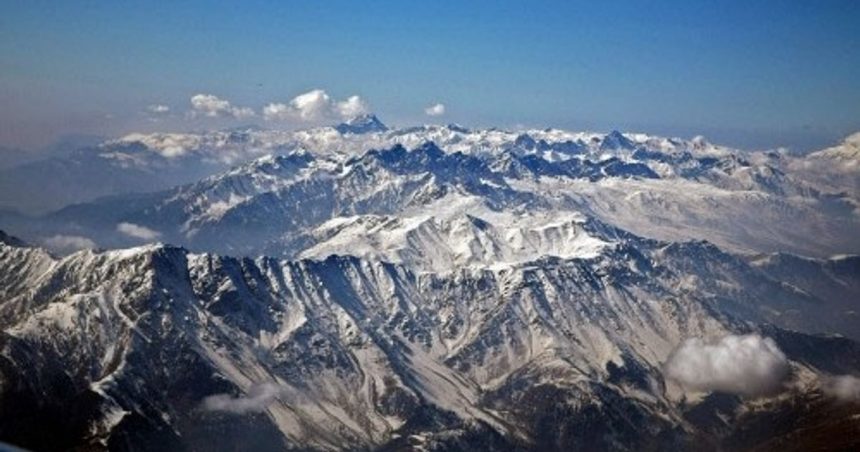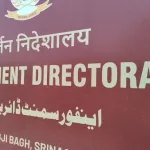Srinagar, Feb 19: The Kashmir Valley, often called “Paradise on Earth,” is grappling with an environmental crisis as its glaciers have lost nearly 20% of their mass over the past five decades due to rising temperatures and declining snowfall, experts warn. The rapid glacial retreat, combined with a prolonged drought, is jeopardizing the region’s water resources, agriculture, and overall ecological stability.
A senior assistant professor of Geoinformatics at the University of Kashmir explained that the region has seen a sharp decline in snowfall over the past decade, with this year’s Chillai Kalan—the harshest 40-day winter period—being especially dry. “This February, we’ve had minimal snowfall or rainfall, which is troubling,” the expert said. “The glaciers in Jammu & Kashmir, Ladakh, and the Karakoram range, which number around 12,000, depend on consistent snowfall. Without enough precipitation, these glaciers are experiencing a negative mass balance, meaning they are losing more mass than they are gaining.”
The professor stressed the critical role these glaciers play in the region’s water-dependent economy. “If snowfall continues to decline, the glaciers will shrink further, impacting downstream communities that rely on irrigated agriculture, like rice paddies and orchards. Farmers are already struggling with the ongoing drought,” he added.
Another factor accelerating glacial melt is the presence of black carbon, a byproduct of biomass burning and smoke emissions. “Black carbon settles on the glaciers, reducing their ability to reflect sunlight, causing them to absorb more heat and melt faster,” the expert explained.
The persistent drought has caused significant drops in water levels in rivers, lakes, and reservoirs, affecting drinking water supplies and irrigation for agriculture and horticulture—key sectors in Kashmir’s economy. Experts warn that if this trend continues, the water crisis could deepen, with severe consequences for food security and economic stability.
Climate change is identified as the primary driver behind these environmental shifts. Experts are calling for urgent action to improve water resource management and mitigate the effects of global warming. “We must adopt sustainable practices and reduce emissions to protect our glaciers and water resources. The time to act is now,” the professor concluded.
Kashmir’s glaciers lose 20% of mass in 50 yrs, threatening water resources

Leave a Comment Leave a Comment







